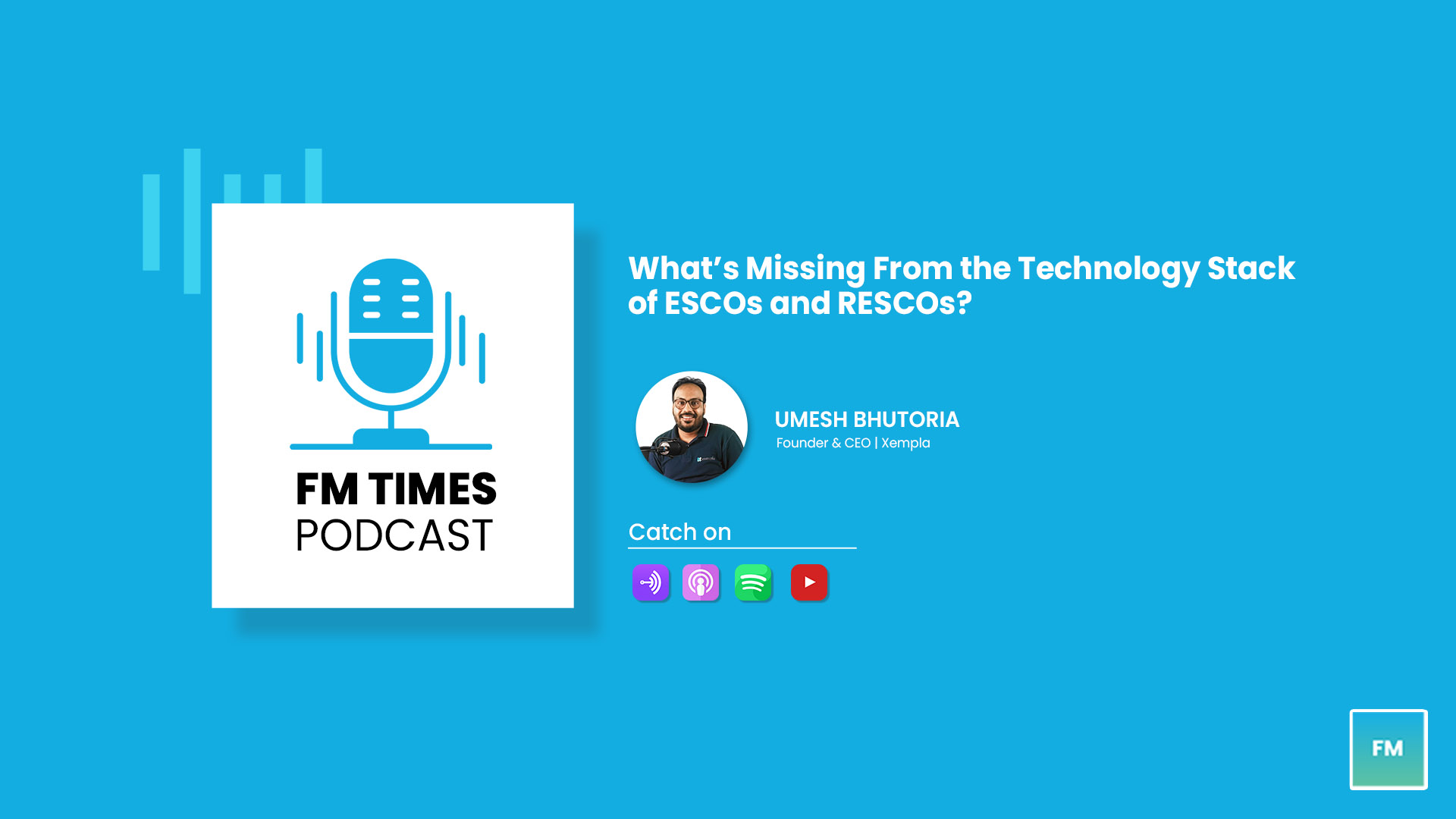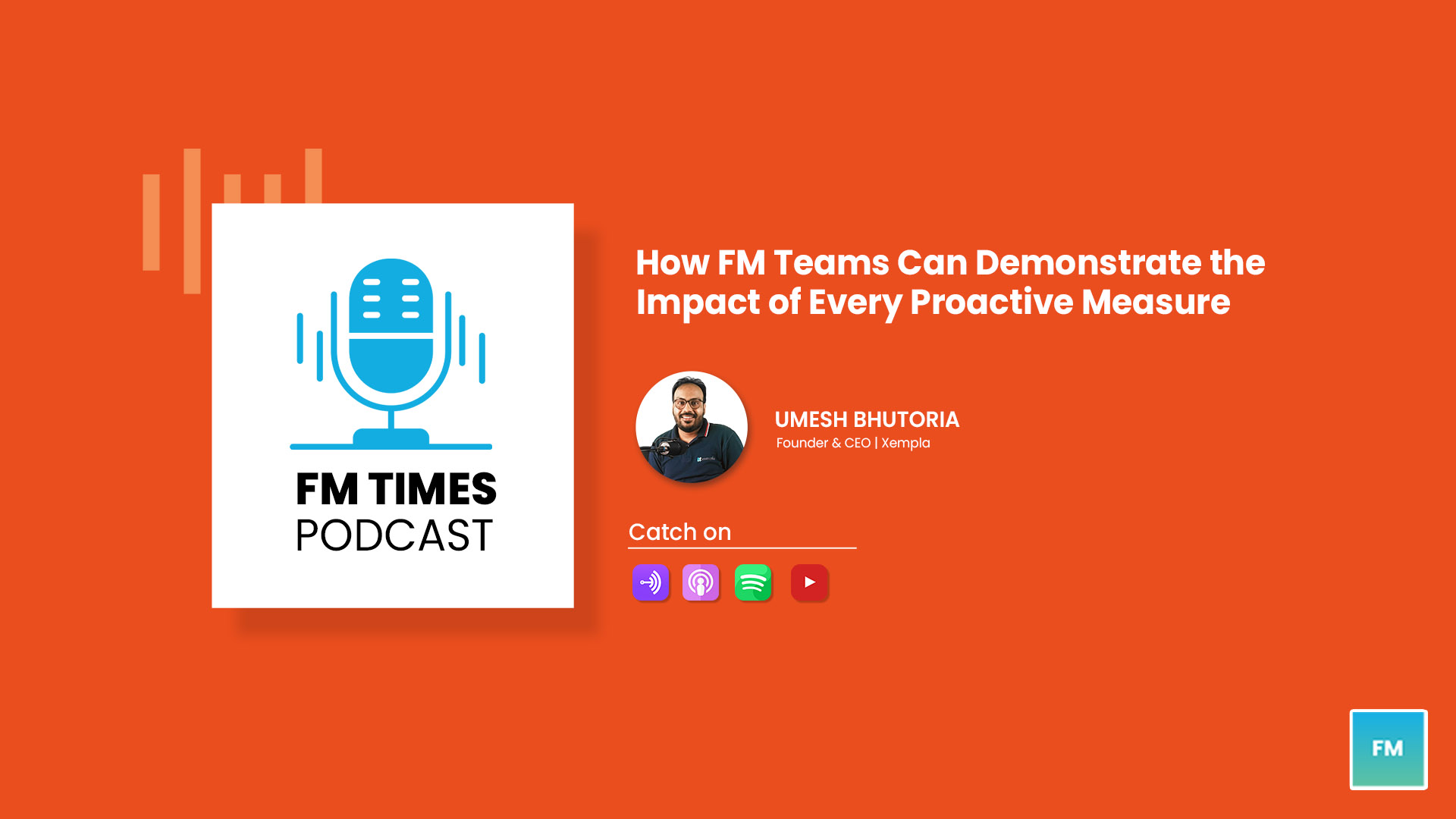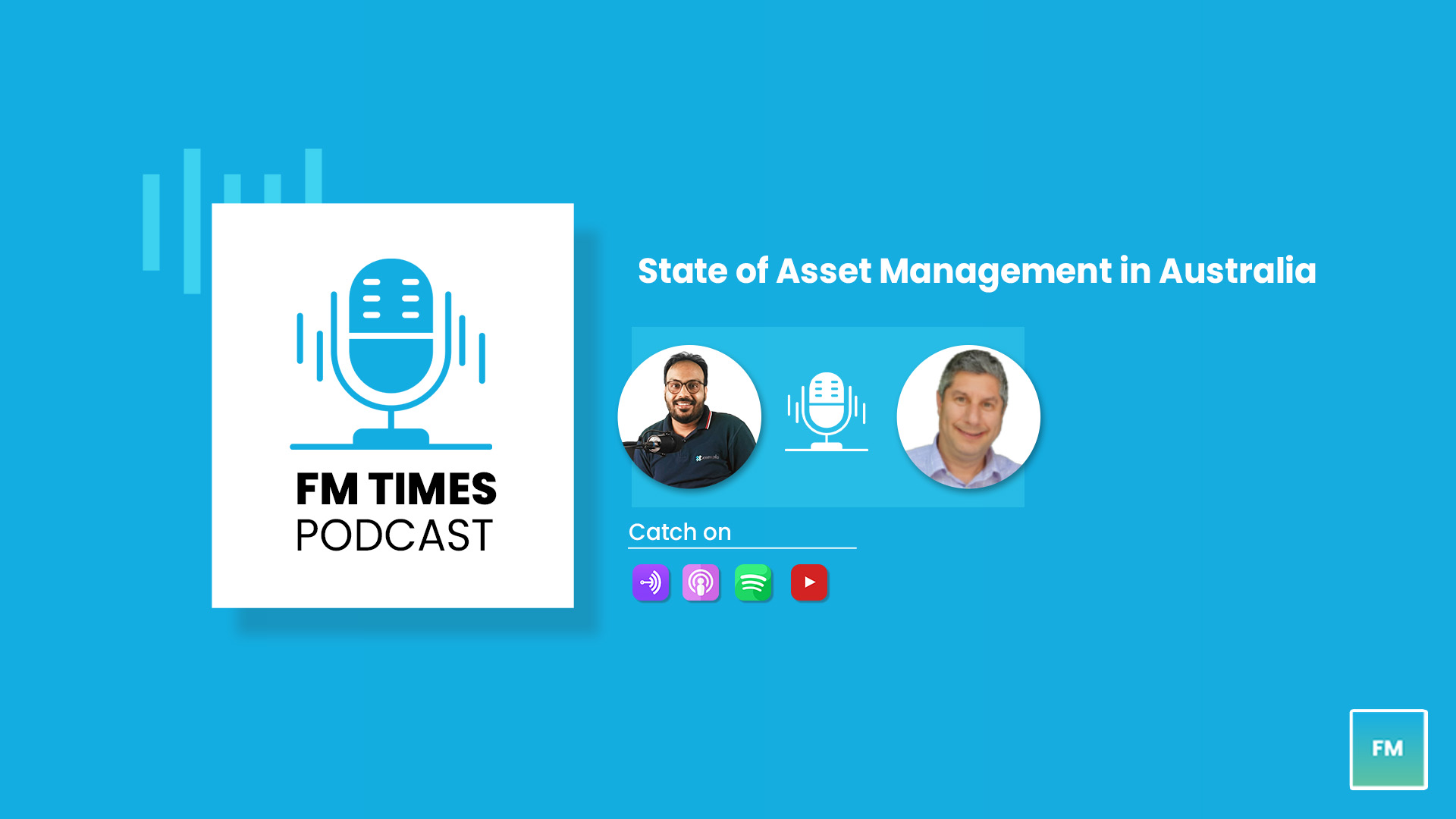In an effort to start sustainable growth and implement strategies to achieve net-zero emissions, many countries around the world have recognized energy efficiency as a key component of the plan. By implementing a plan around netzero for enterprise asset management, organizations can achieve their Net Zero targets while also reducing energy costs and improving the efficiency and sustainability of their facilities. For businesses prepared to take on EE initiatives, Energy Service Companies (ESCOs) and Renewable Energy Service Companies (RESCOs) provide appealing possibilities.
Without having to oversee how objectives are accomplished, facility management companies can concentrate on the desired results. ESCO adds experience to a project as energy efficiency is its primary focus. However, in some countries, ESCOs are still unable to tap into the possibility and provide energy savings to businesses. It is expected to grow and become more significant, which will need ESCOs and RESCOs to eventually take bolder steps and work on projects other than the usual ones involving energy efficiency.
Our Founder & CEO, Umesh Bhutoria shares his observations, stating that the Middle East is a prime example of a region where a top-tier FM company acquired the majority stake of a fully-fledged ESCO service provider. Similar instances have occurred in other regions, and a similar situation is taking place in the energy, retail, or utility industries.
ESCOs and RESCOs Primarily Focus on Two Areas
A deeper understanding of the role that technology would play throughout the life cycle of the projects that ESCOs and RESCOs ultimately undertake, as well as a better understanding of how your companies’ technology stacks actually look, are necessary to complement the aspirations and growth prospects currently existing in the industry. Now we get to the two areas that ESCOs and RESCOs have conventionally focused on.
Customer Acquisition
Over the past few years, ESCOs have been active in their customer acquisition efforts, using appropriate strategies. Better performance and the quest for cost-effective solutions have emerged as key components of an ESCOs and RESCOs business model as competition for both existing and new customers intensifies. And thus, they are clearly focused on measurement and verification once the customer has been acquired and the project is near completion.
Measurement & Verification (M&V)
In the context of ‘Measurement and Verification’, risk refers to the apprehension that anticipated savings won’t be achieved. Both ESCOs and customers are usually hesitant to take accountability for variables over which they have no control, and having some criteria defined in the M&V plan can help meet those contractual obligations.
When the projects become slightly more complex and involve integrating with the operations of several types of facilities, such as manufacturing plants, data centres, or IT parks. It gets impossible to ignore the interconnection between energy, operations, and maintenance.
Assume for a moment that you are an energy retailer who provides services on a yearly contract basis for a set price. You propose installing and maintaining a solar rooftop panel.
In this situation, the company would require workforce for solar rooftop operations and maintenance as well as installation. Therefore, they bear the performance risk.
On the other hand, you are an energy service company (ESCO) suggesting upgrades and improvements in AHU that will result in guaranteed savings.
In this situation, ESCO is considering energy-saving investments in AHU and other components.
As a result, both have a substantial risk of guaranteed performance. And at this point, your technology stack needs to be quite similar to that of a facilities management or an asset management company.
Need to be Added to the Technology Stack of ESCOs and RESCOs
In ESCO’s tech stack, there is currently no such process in place that addresses full risk. Your main concern should be selecting solutions that will improve asset performance — while empowering your teams to deliver energy cost savings and carry out measurement and verification tasks to determine the energy savings post the set-up of energy-efficiency projects.
1. Adding a data-driven customer success platform and leveraging data points to deliver customer success across the entire life cycle of a project.
2. Implementing an important process (Operations and maintenance) throughout the life cycle in a standardised manner.
- Internal teams bring in a suitable digital stack.
- Vendors or Installers bring their own technology or a services app.
In order to effectively manage risks, it is necessary to connect the dots from the point at which a customer is acquired to the point at which services are being provided. And you must consider taking a 360* view of an entire asset performance management stack rather than focusing only on measurement and verification.
What does your Energy service company’s technology stack look like? What do you observe in your country, and are they willing to take on the challenge of upgrading their digital stack? Is there any other strategy to cover the risks? Send us an email at [email protected] with your thoughts.


